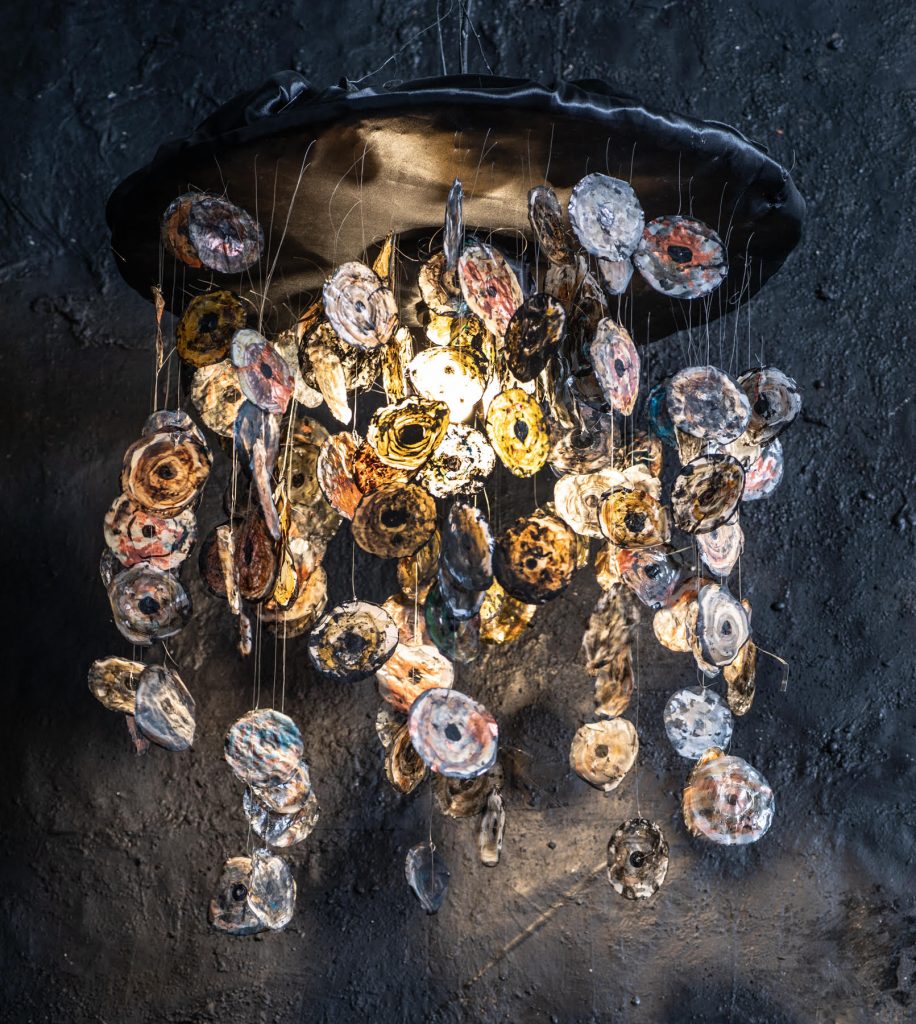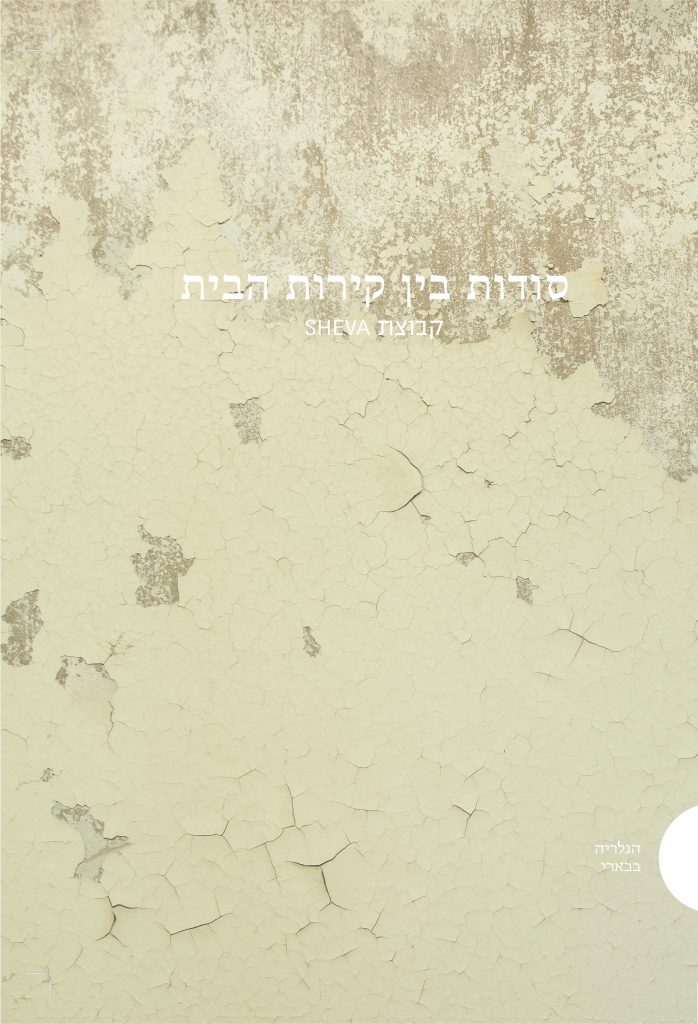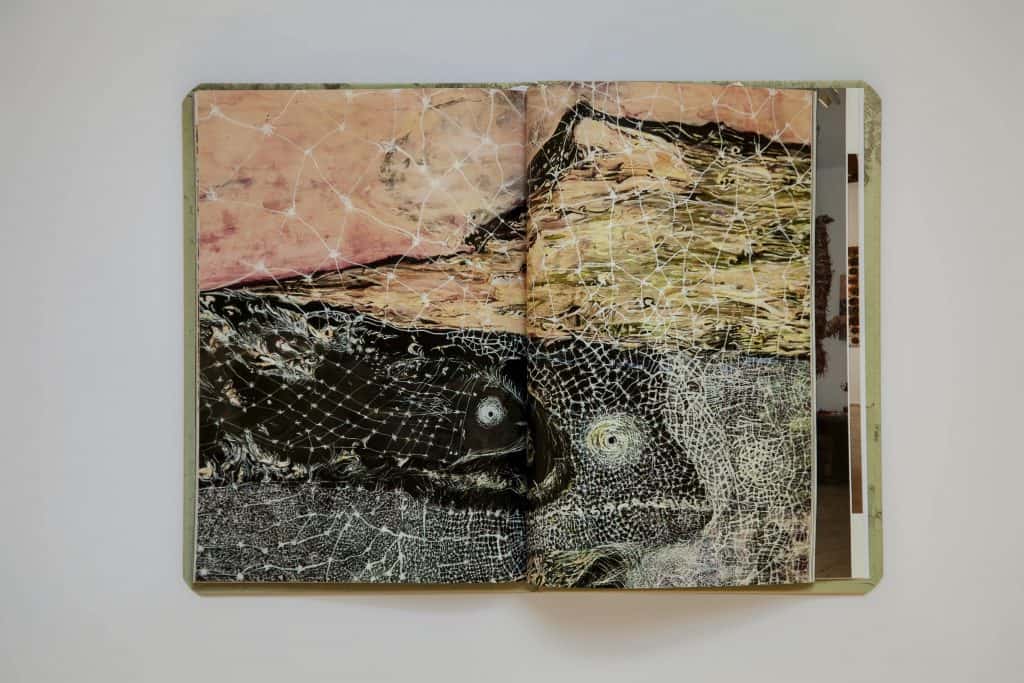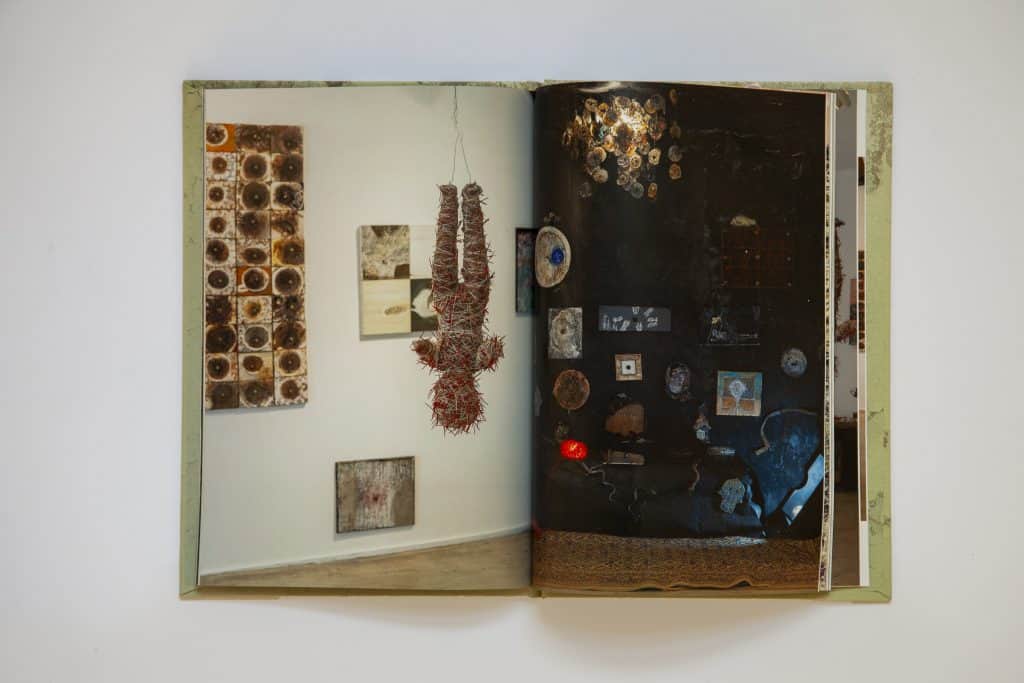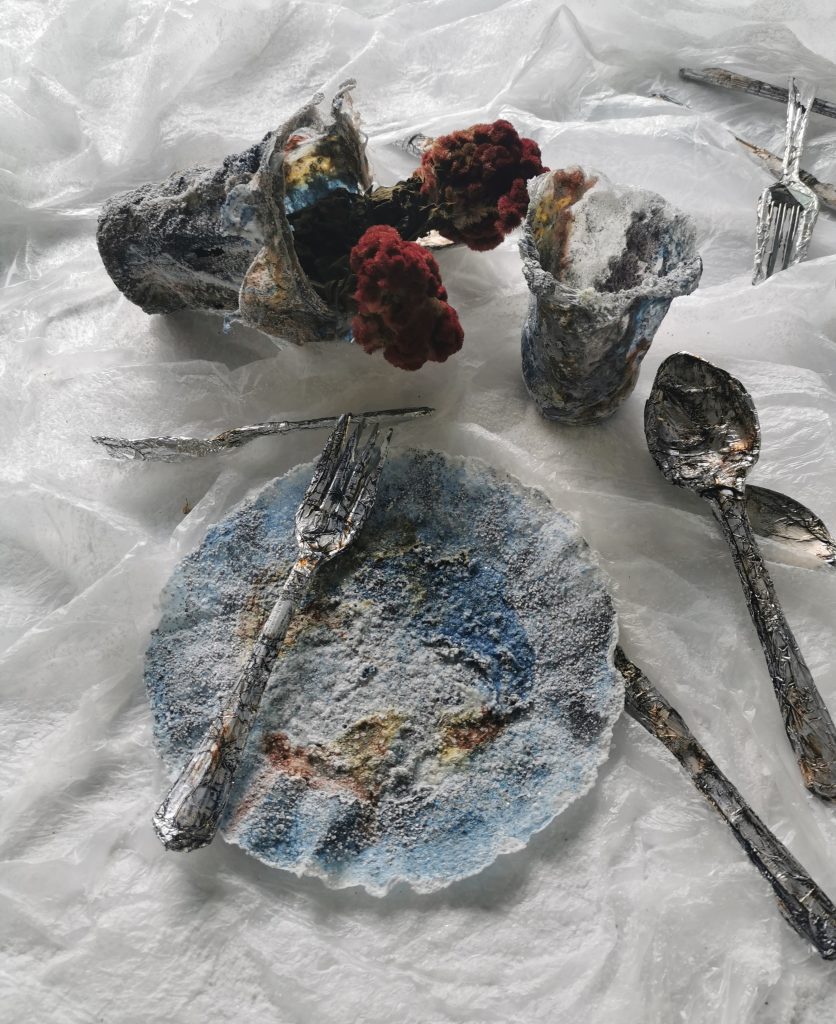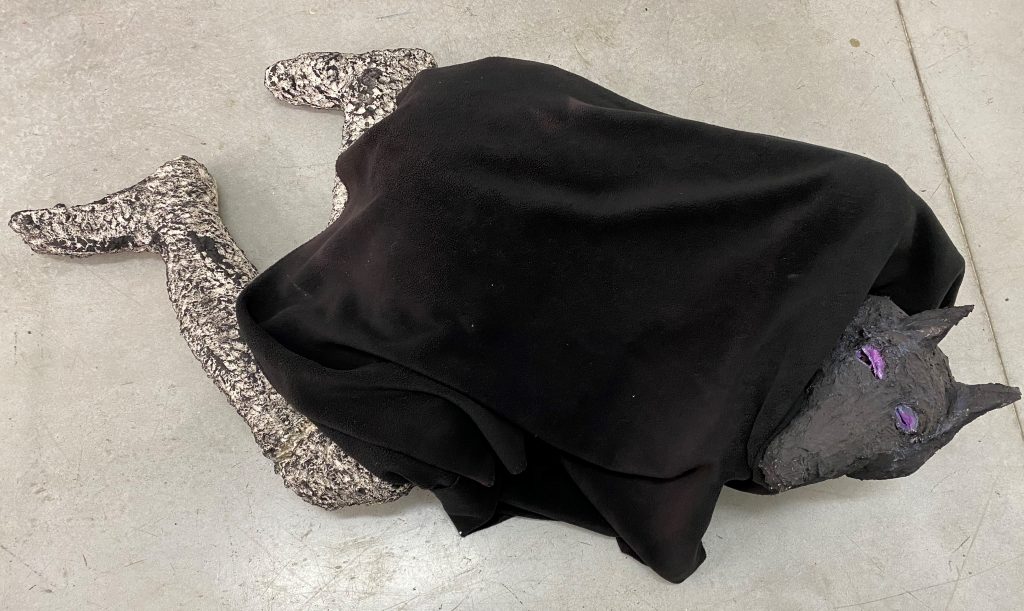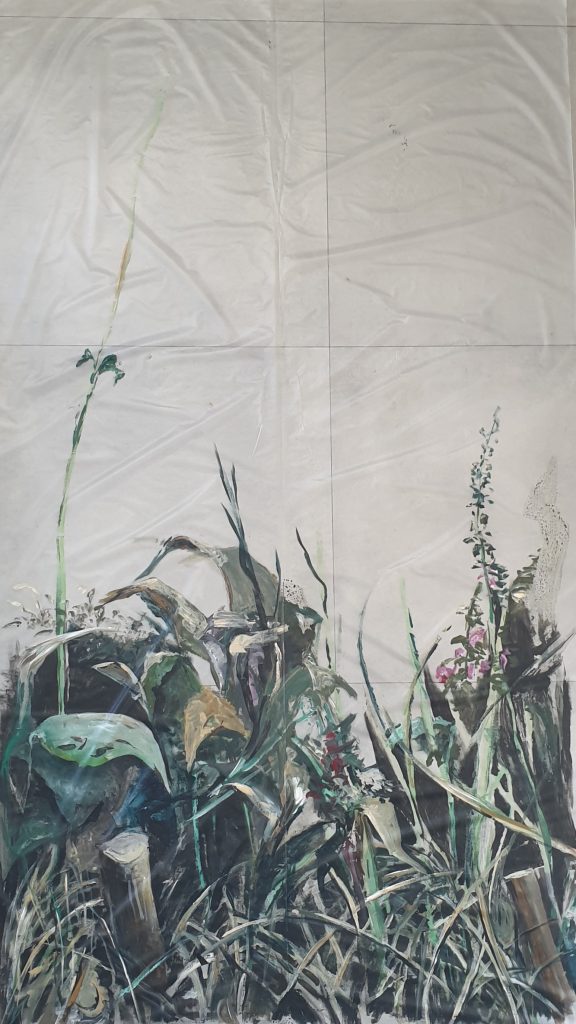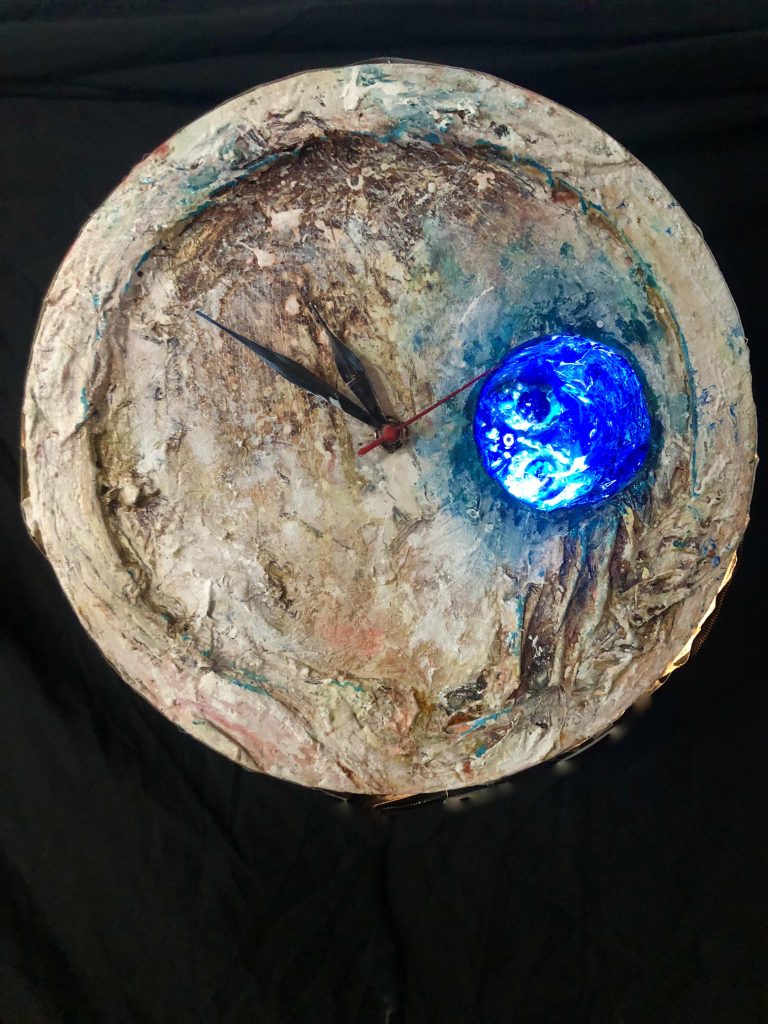Everything happens at home.
Everything happens at home, between the walls, within the inanimate objects, and furniture. They remember the life that was lived in them, the words and whispers, sighs and laughter, cries and horror. The hands holding the coffee mugs, the words spoken or unsaid, the heaviness of the body sinking into the sofa. The old photographs, which have turned into memories.
A home symbolizes feelings of belonging, privacy, security, and stability, alongside fear, threat, longing, and yearning. In contrast to the free market economy and the political and public world, the home sphere is portrayed as a place of refuge and relaxation, autonomy and control, identity and belonging. Home is perceived as the starting point and the ending point of all human journeys on earth. It is a “primal universe,” the experience of life’s starting point. It is the place that curates memories, imaginations, and emotions that constitute the basis for a person’s encounter with reality. “Going home” means returning to an anchored, well-known, familiar, and safe point.
Accelerated social, psychological, and physical change processes in the twentieth century place the home in a state of crisis. Changes related to technology, family, gender, economy, ideology, and identity undermine the stability of the home, putting it in danger of loss. Thus, our understanding of the concept of home is shaped by the encounter with its absence. Home, which, more than anything, is supposed to separate the inside from the outside, becomes permeable and unstable. It is exposed to the gaze of external observers, influenced by social criticism. The separation between inside and outside is more of a wish than an existing reality.
During this time, characterized by mobility and migration from place to place, home becomes a mobile system of actions, words, and ways of behaving. Deleuze and Guattari allegorized the house to a child alone in the dark, singing to himself to relax through the repetitive establishment of a particular and familiar order within the chaos, a place of comfort within the fear. Meaning, home is not necessarily a physical place but a constant, mobile, and always open act of creating an identity. Wise argues (2000) that the only permanent thing about a home is the search for it.
In the psychoanalytic theory, the home’s intimacy overlaps with the intimacy of the mind, with its repressed contents and secrets. The home contains the “unhomely” (uncanny). Home becomes a place where feelings of security and terror are intertwined when something unfamiliar appears in the most familiar place. Something that had to remain hidden reappears and threatens self-cohesion. (Freud 1919/2012)
Returning home is often a journey following lost time and place, a nostalgic longing for a home that no longer exists and doubtless ever existed. In the yearning to return home, there is a longing for the slow pace, the cohesion, the continuity, and the constancy of simpler days.
It is argued that home’s image as a stable and permanent place is false and merely a fantasy. The gap between the protective and durable home’s image in culture, and the actual experience of home, cut the ground from under the feeling of homeliness and contributes to the sense of ‘homelessness. The house, therefore, is an imaginary ideal, a site of yearning, unrealizable. Adorno (1999) argued that modern man is characterized by a sense of “not being at home inside your home.” We have lost home as a safe place.
In Sheva Group’s exhibition, “Home secrets within the walls,” occupying the home arises again, and questions are asked: what is that home? Home as a family, memories, and identity, and as longing or as loss and terror? House preserves the memory of its occupants, and perhaps they are the home, even if they are no longer there.
The same deficit is expressed in Nicholas Abraham and Maria Torok’s theory regarding the phantom (1987). A phantom is a form of the subconscious that has never been conscious and has passed from the parent’s subconscious to the child’s subconscious. It’s an unspoken trauma, hidden as a secret, existing under the consciousness. Nicholas Abraham claimes that “What haunts us are not the dead, but the gaps left within us by the secrets of others.” The secrets kept in the family, inside the house, all the unspoken, unsaid things, are the phantom. Its effect can last for several generations and determine the fate of an entire family sequence.
Abraham points to the connection between the phantom, the secret, its invisibility, and unawareness of it, to Freud’s “uncanny” (unhomely). The thing that is in the house, but is unknown of, is threatening. It lacks its own energy, and it exists through secret words, invisible demons whose purpose is to provoke destruction within the subconscious. The thing that is unclosed doesn’t allow us rest. Perhaps the story untold, the trauma that could not be spoken and became a disease. The phantom is the power of the secret passed on in the family, whispered between the home’s walls, and the inexplicable fear of it that becomes a heavy shadow. A hidden, unspoken secret that threatens us.
Rosa Ben-Arieh misses her home, friends, and parents, which she left behind in Uruguay about thirty years ago. Her father, a chemist, founded a cosmetics factory. Her mom worked alongside him. She was pressured to study the profession, but she chose to stay away, immigrated to Israel, and established her home here. At the center of her work in the exhibition is the dining table, with a festive tablecloth, a set of plates, cups, and cutlery. The memory of home focuses on the same table around which everything happened: the meetings on holidays and Sundays with the uncles, aunts, and cousins. During the holidays, the decorated porcelain vessels, silverware, candlesticks, tablecloths, and cloth napkins were taken out of the closet.
The work reflects memory and absence. Distance. Dad is gone by now, the family unit has crumbled, and the memory of perfect order, bourgeois aesthetic, and the family reunion ceremony remain.
Rosa works with adhesives; the experiments and investigation of the substance resonate with her chemist father. She adds salt, pigments, ink, food coloring, sand, and baking soda to the glue. A thin elastic membrane is formed with which she coats and copies the vessels.
The work has no actuality; these are empty shells of memory and longing, copies of the real thing.
Lily Fisher immigrated from Argentina at age 17, alone. She left her boyfriend, the social movement, her friends, and her family. She left behind her home, which was a moralistic and oppressive, patriarchal.
In her work, she deals with the wolf’s image, which radiates fear and oppression and references her father, the character who threatens and guards. The wolf’s presence in her work stems from a childhood memory. From the story of Little Red Riding Hood and the memory of the German shepherd dog that Dad brought home to guard the house, she was afraid of it. The wolf represents courage and confidence, and Lily tries to dance with it and not be frightened of him. The wolf emerges and appears inside the furniture, chairs, trash can, hangers. Its head protrudes from the cooking pot; its tail and legs poke out. It covers the mirror and the pictures in black, duplicated, an./d is found in all corners of the house like a dark and threatening secret that invites the viewer to befriend him to overcome the fear. In the background is an old Spanish children’s song playing over and over again: “We are playing in the forest while the wolf is not around. Wolf, are you there?
Dalia Hay Acco is a native of Israel, the daughter of parents from Iraq.She remembers her mother as a wise and mystical woman. Dalia was a pretty little girl, and the mother was afraid the evil eye may cling to her. There were many hamsa amulets in the house. In her youth, she immigrated to the United States, where she stayed for about twenty years. Dalia returned to Israel due to her mother’s illness. She came to take care of her and remained. They would drink black Turkish coffee every day; a regular ceremony, which involved her mother turning over the cup and reading her coffee. She has since begun researching the subject of superstitions, the evil eye, coffee reading, and voodoo, and they have gone into her works.
The spirit of black magic rests upon her exhibition works, like spells and secrets, passed on to her from her mother, inhabiting the home space.
Anat Greenberg is an Israeli-born daughter of holocaust surviving parents. Her mother was born in Chernivtsi Ghetto, Ukraine, in 1942 and grew up in a basement for three years. Her father was born in Iași, Romania, and remembers the pogroms against the Jews. Her parents established a home and raised a family in Israel and never spoke of their childhood in the shadows of the holocaust. Their silence encompassed her childhood. A strict regime was imposed at home, the children were guarded. She wasn’t allowed to go out for a stroll; they were frequently angry with her and even slapped her. Anat always dreamt of a warm and normative home with a garden. The garden area has become a shelter from the suffocating walls of the house. To this day, the garden is her second home. In the exhibition, she painted over sheets of transparent nylon, echoing the aesthetics of the plastic flowers and nylon tablecloth from home. She paints the outside, the garden area, weeds, a single meager tree, and a neglected chair. Under her skilled hands, that piece of green outside the home’s threshold becomes heartwarming, a corner of joy and optimism.
Aya Sarig – was born in Israel to Holocaust surviving parents from Hungary and Czechoslovakia. Her mother survived the camps, and her father was a partisan. The home was very loving and warm but protective. Her parents didn’t tell her much, and there was an air of existential anxiety, as if the world may harm her. “I grew up like an Etrog wrapped in cotton wool,” she recounts. “Evil lurks outside; stay home where it’s safe.” A small family with three children. With no grandparents, aunts, and uncles, good friends took upon themselves the role of aunts. They supplied “an artificial family.” Her mother used to sew her own clothes based on Burda magazine patterns. Aya’s part, as a child, was to take the patterns from the magazines and copy them to a piece of paper. A year and a half ago, Aya’s aunt, her mother’s sister, died in Sweden. Aya traveled to Sweden to evacuate her apartment. In the closet, she found her mother’s dresses. The memories washed over her at once. When the fabric cutting shop near her house closed, old sewing patterns were thrown away. Aya collected them and started treating them with oil, lacquer, and paint. In the exhibition, Aya creates her mother’s wardrobe. The hanging, transparent dresses, on parchment paper, are like a thin shell as if echoing her mother, as a memory, residues, and unspoken secrets that walk with her.
In the exhibition, the artists’ works are mingled, creating a sense of home. A home that’s filled with shards of memories and longing, secrets and spells; an imagined home, a home they yearn for or from which they run away. The homecoming is a return to a lost time and place, to a home that is deep within us but no longer exists.

